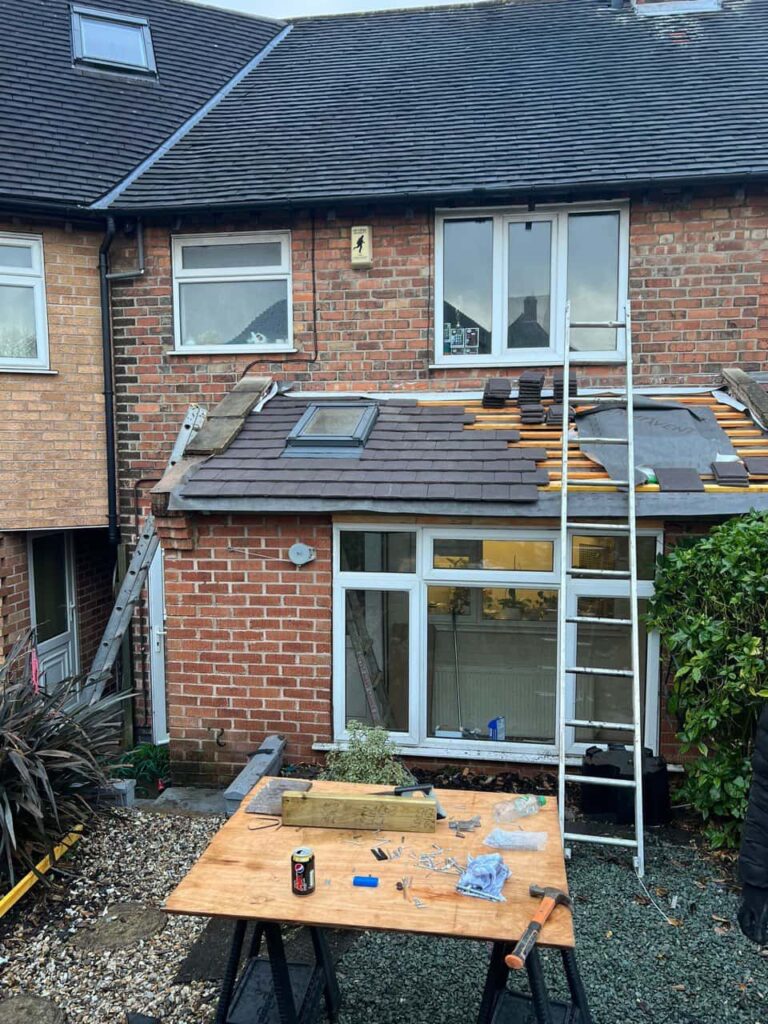Introduction: In today’s eco-conscious world, homeowners are increasingly seeking ways to improve the energy efficiency of their properties while reducing utility costs. Proper insulation plays a crucial role in maintaining indoor comfort, reducing heat loss, and lowering energy consumption when it comes to roofing systems. In this blog post, we’ll explore the insulation options available for felt roofing systems and how they contribute to significant energy savings for homeowners.
Understanding Felt Roofing Insulation:
a. Insulation Materials: Felt roofing systems can be insulated using various materials, including fibreglass, mineral wool, foam board, and spray foam insulation. Each material offers unique thermal performance, durability, and cost-effectiveness benefits.
b. Installation Methods: Insulation can be installed above or below the roof deck, depending on the specific requirements of the roofing project. Warm and cold roofs are two common insulation configurations used with felt roofing membranes.
Benefits of Felt Roofing Insulation:
a. Improved Thermal Performance: Proper insulation helps regulate indoor temperatures by minimising heat transfer through the roof. This creates a more comfortable living environment year-round and reduces the need for excessive heating and cooling, leading to lower energy bills.
b. Enhanced Energy Efficiency: Insulated felt roofing systems improve overall energy efficiency by reducing heat loss during the winter and heat gain during the summer. Homeowners can significantly save on heating and cooling costs while reducing their carbon footprint.
c. Condensation Control: Insulation helps prevent condensation buildup within the roof assembly by maintaining consistent temperatures throughout the structure. This reduces the risk of moisture-related issues such as mould growth, wood rot, and structural damage.
d. Noise Reduction: Besides thermal benefits, insulation helps dampen external noise, creating a quieter and more peaceful indoor environment. This especially benefits homes in noisy urban areas or near busy roads.
Energy-Saving Tips for Homeowners:
a. Choose High-Quality Insulation: Invest in high-performance insulation materials with adequate R-values to maximise energy savings and long-term durability.
b. Seal Air Leaks: Seal gaps, cracks, and air leaks around windows, doors, and attic access points to prevent warm air from escaping and cold air from infiltrating the home.
c. Maintain Proper Ventilation: Ensure proper attic ventilation to prevent moisture buildup and prolong the life of the roofing materials. Proper ventilation also helps regulate indoor temperatures and improve energy efficiency.
d. Schedule Regular Maintenance: Keep the roof and insulation system in good condition by scheduling annual inspections and maintenance checks. Address any issues promptly to prevent energy loss and costly repairs down the line.
Conclusion: Felt roofing insulation is vital in improving energy efficiency, reducing utility costs, and enhancing indoor comfort for homeowners. Homeowners can enjoy significant energy savings by choosing the right insulation materials and installation methods while contributing to a more sustainable future. Whether building a new home or renovating an existing property, investing in quality insulation for your felt roofing system is a smart decision that pays off in the long run.
Call us on: 01883 779 994
Click here to find out more about Warlingham Roofing Repairs
Click here to complete our contact form and see how we can help with your roofing needs.

